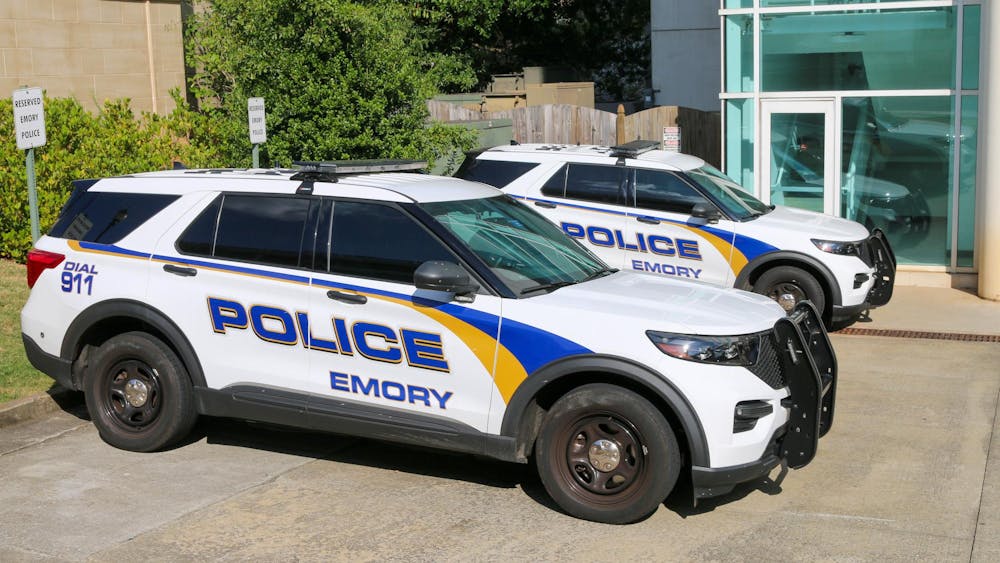Despite the comforting fantasy of finally ditching your hometown for a community of unique students and quirky professors, the modern college experience boils down to one unromantic transaction — an exorbitant check and four years of your life for a degree with a fancy letterhead.
It seems counterintuitive to be critical of the exceptional treatment Emory students receive in April, when Wonderful Wednesdays really are wonderful (rather than the stuporous, mundane affairs they are for the other six months of the year) and Dooley’s Week sends spirits soaring. Yet it is disheartening that the only time Emory students receive the quality of campus life we were promised on admissions pamphlets is when Emory poses, postures and peacocks for another generation of prospective and admitted students.
To their credit, the Admissions Office is seldom overtly dishonest, and emphasizes that student ambassadors and tour guides should never lie. But the subtle practices and omissions Emory utilizes are nonetheless deceptive. Tour guides boast that we have 11 libraries on campus, when four of them (Goizueta Business Library, Stuart A. Rose Library, Matheson Reading Room and the Music and Media Library) are located within the Robert W. Woodruff Library. Applicants learn that they can choose from over 550 student clubs and organizations without knowing that only a handful receive adequate funding to provide consistent, quality programming.
Campus visits are peppered with buzzwords and phrases, like Emory representing the ideal fusion of a research institution with a liberal arts education, despite a whopping 80 percent of first-years harboring pre-health aspirations, according to Admissions, and Goizueta Business School annually absorbing 400 sophomores. Those slogans are seldom more than a means to justify the General Education Requirements that force students to take perfunctory classes in which they have no vested interest. PACE advisors are lauded as omniscient freshmen mentors when they typically have no knowledge of requirements outside their own departments.
Other attempts to coat Emory with the varnish of an Ivy League trailblazer are more institutional. Despite being located in Dekalb County and not Atlanta proper, Emory uses our 30322 zip code to capitalize on the implicit metropolitan name recognition, knowing that “DeKalb” doesn’t have quite the same je ne sais quoi. Students, especially those without the opportunity to tour, arrive with the preconception that Emory is a city school. In reality, even Midtown is largely inaccessible without a car.
We know why Emory employs these strategies and to a certain extent, we cannot fault the admissions staff for doing their jobs too well. Emory presents a sparkling, iridescent exterior to bulk up application numbers and deflate admissions rates, and persuades students to give up full scholarships for four years of a mute, capricious skeleton and overpriced King of Pops to increase our yield. After all, these salient metrics of success bolster our widely touted U.S. News and World Report rankings and are vital to attracting competitive applicants.
Yet as much as we bemoaned slipping out of the top 20, we must remember that these are real students with distinct academic and personal objectives, and oftentimes financial limitations. Funneling resources into a proverbial arms race against schools of similar calibers and masquerading as something Emory is not builds a discordant and resentful student body, undermining the entire idea of “fit” that we supposedly value and continually espouse.
Whether Emory is your dream school or your parents had to drag you here for a visit, don’t be duped. Just like every other university out there, Emory uses all the glitz, glam and artifice it can muster to depict college as something it cannot and will never live up to.
The above editorial represents the majority opinion of the Wheel’s Editorial Board.
Read More
Trending








